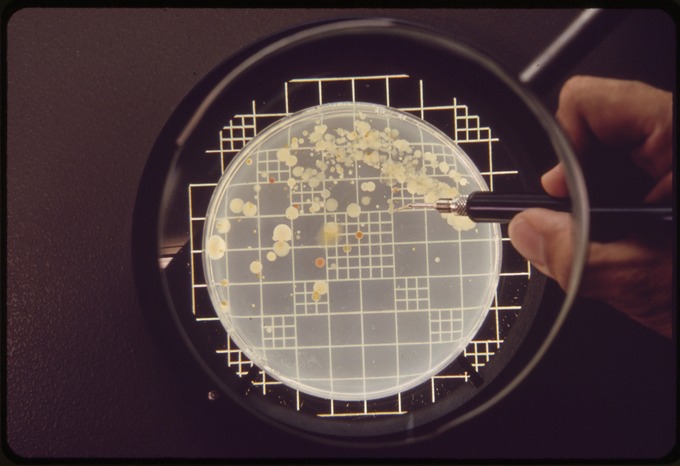
The Microbial Enumeration Test is a crucial quantitative method used to determine the total number of viable microorganisms in a sample.
List of Microorganisms Used in Enumeration
General Microbial Groups:
- Total Aerobic Microbial Count (TAMC) – general bacteria
- Total Yeast and Mold Count (TYMC) – fungi
Bacteria:
Escherichia coli, Salmonella spp., Pseudomonas aeruginosa, Staphylococcus aureus, Bacillus cereus, Listeria monocytogenes, Clostridium perfringens, Enterobacteriaceae (family level group), Coliforms (including E. coli) – indicator organisms, Bile-tolerant Gram-negative bacteria, Lactic acid bacteria
For enumeration of specific microorganisms not listed, please contact us
Test Details
Procedure
Prepare and serially dilute the sample aseptically, then inoculate agar plates by spread, pour, or membrane filtration. Incubate the plates at the appropriate temperature and time. After incubation, count colonies on plates containing 30–300 colonies and calculate the colony-forming units (CFU) per milliliter or gram using the formula: CFU/mL or g = (Number of colonies × Dilution factor) ÷ Volume plated (mL). Finally, compare the counts to relevant standards to evaluate the microbial load.Application
- Pharmaceuticals: To ensure product safety and sterility.
- Food and Beverage: To assess product quality and prevent spoilage.
- Cosmetics: To guarantee product safety and prevent contamination.
- Environmental Monitoring: To evaluate water and soil quality.
Reference
Based on USP and ISO referencesContact Us
Have questions about this test? Send us a message and we'll get back to you as soon as possible.
